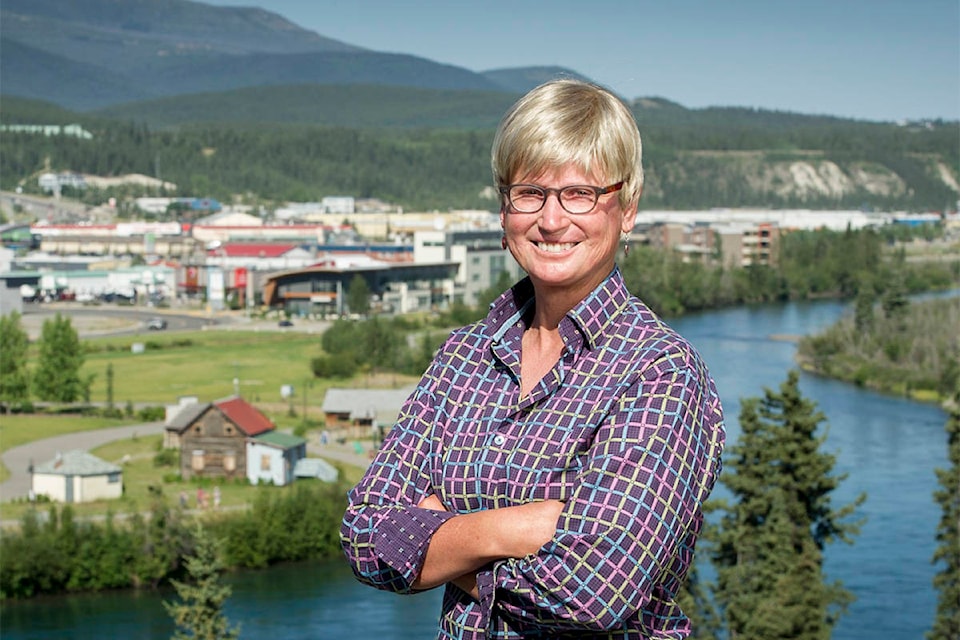Housing is high on the list of issues Laura Cabott would address if she’s elected to city council this fall.
“Some would say housing is not the mandate of the city and I totally disagree,” she said in a phone interview with the News on Aug. 2, the day she announced her candidacy.
She said she thinks open lines of communication with the Yukon government, the Kwanlin Dün First Nation and Ta’an Kwatch’an Council, all major landowners, could lead to potential housing opportunities.
The city already has close relationships with those levels of government, she said.
“Let’s take advantage of that.”
Cabott, a lawyer with Cabott & Cabott, was the Yukon Liberal Party’s campaign chair during the last territorial election. She has lived in the Yukon for 26 years.
“I love this place,” she said. “I care about it. I’ve benefitted from so many things about this city. So many of us have. It’s such a fantastic place. I would like to give back to it in a positive way and help be involved with council and help steer it to its next stage.”
To Cabott’s mind, that stage also includes supporting downtown businesses.
“I see them as an anchor. They’re an anchor to our community,” she said. As a councillor, she would speak directly to small businesses about what the city can do to help them feel safe.
One of the things she think might help is making a point of not raising business taxes.
The 2018 to 2020 operating budget suggested a commercial tax rate of 4.18 per cent, as compared to a residential tax rate of 2.3 per cent.
“Council needs to work with businesses and not against them,” she said.
Cabott is also concerned about parking in the core. The population of Whitehorse is growing, she said, and the city needs to figure out what it’s going to do with transportation in and throughout the core. A lot of people work and park downtown, she said, which can take up valuable space for people trying to visit businesses.
The city’s 2011 downtown parking management plan found that the overall occupancy rate downtown was 64 per cent, suggesting sufficient spaces to serve demand through to 2021.
Still, Cabott said if someone thinks the current parking situation is sufficient, they’re not looking long-term enough.
“They’re in denial,” she said, citing growth in neighbourhoods such as Whistle Bend. “They’re putting their head in the sand.”
At the same time, she said she prioritizes pedestrians and cyclists too. Sidewalks downtown are narrow, she said, and people often have to dodge parking meters and phone posts. As well, when she first moved here, she remembers there being only one cyclist who pedaled year-round. Now it’s common to see people riding all year.
“We need to create safe opportunities,” she said.
Cabott said she’d like to do that by speaking directly to residents.
In smaller communities, she said you can hang out at the store, visit people in their homes, and be creative in finding ways to have a discussion. In Whitehorse, she said, the city does surveys. She thinks there needs to be less formal avenues for discussion around what people want to see.
“People care about this place. They’re fired up. They have good ideas,” she said.
“It’s exciting talking to people and learning more.… We’re a bit of a standard-setter as far as northern cities. People look to us for so many things.”
“We set the standard. Let’s continue to work hard at that.”
Contact Amy Kenny at amy.kenny@yukon-news.com
